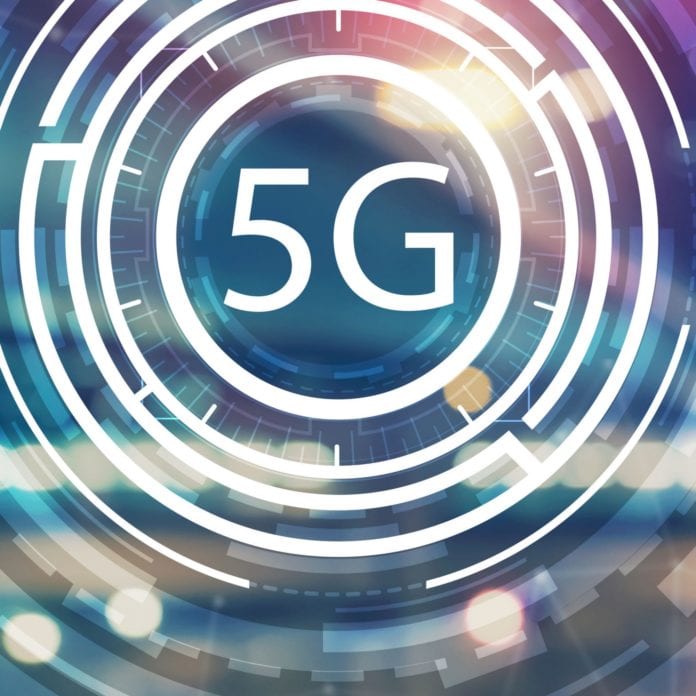Korean carrier LG Uplus ended the second quarter of the year with 3.73 million 5G subscribers, up 108.8% year-on-year, according to the company’s latest earnings statement.
The telco added a total of 971,000 5G subscribers in the first half of the year, while total net additions in the second quarter reached 392,000.
In its earnings statement, LG Uplus said that its second-quarter net profit grew 40% thanks to the continued growth of 5G mobile subscriptions and its business infrastructure division.
Net profit in the second quarter of the year totaled 210.5 billion won ($184.2 million), compared with 150.6 billion won the previous year.
LG Uplus’ Q2 revenues amounted to 3.34 trillion won, up 2.2% compared to the same period in 2020.
Operating profit rose 12% year-on-year to 268.4 billion won in the second quarter, while sales increased 2.2 percent to 3.34 trillion won over the cited period.
LG Uplus also said that sales from its wireless division climbed 5.7% year-on-year to 1.5 trillion won in the second quarter thanks to continued subscriber growth.
In a conference call, the company said it expects its 5G subscriber base to continue to expand later this year with the expected commercial launch of new 5G devices.
In April, Nokia signed an agreement with LG Uplus to expand 5G coverage by installing small cell solutions from Nokia’s AirScale portfolio across the country. Under the terms of the deal, Nokia will install its small cell AirScale Indoor (ASiR) systems in a range of indoor locations, including shopping malls and office buildings.
LG Uplus also uses 5G equipment from Huawei, Samsung and Ericsson. The operator launched 5G service in April 2019 along with rivals SK Telecom and KT.
South Korea ended June with a total of 16.47 million 5G subscribers, according to the latest available data from the Ministry of Science and ICT.
5G subscribers at the end of June represented 23% of the total 71.63 million mobile subscriptions in the country, according to the report. The latest data marks an increase from 15.84 million in May.
South Korean telecom operators currently provide 5G services via NonStandalone 5G networks, which depend on previous 4G LTE networks. The country’s three operators launched 5G technology in April 2019, and 5G networks are available mostly in large cities.
In July, South Korea’s Ministry of Science and ICT announced it will award 28 GHz and sub-6 GHz spectrum in November to boost the use of 5G-related services across the country.
The frequencies will be available for mobile operators and for companies operating in different verticals. The Korean government announced it will make available a total of 600 megahertz in the 28 GHz band and 100 megahertz in the 4.7 GHz band.
Interested firms will have until the end of September to apply for the new 5G spectrum. The length of the licenses ranges from two to five years. The Korean government also said that the 5G spectrum is expected to be allocated by the end of November.

